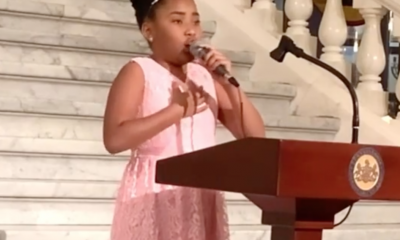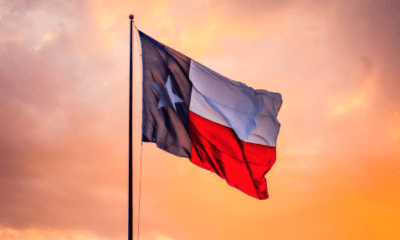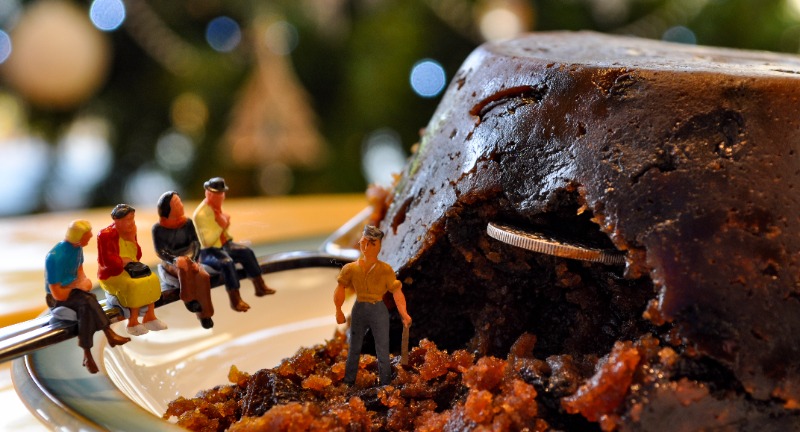
Shutterstock
Christmas is a season steeped in tradition, and has always been a reflection of the times and cultures that celebrate it. Over the centuries, many beloved customs have come and gone, leaving behind a trail of nostalgia and stories that speak to the evolution of holiday cheer. From lively community gatherings to peculiar rituals involving flaming puddings and ghost stories, these once-popular traditions are now becoming relics of a bygone era. As modern conveniences and changing lifestyles reshape the festive season, some practices have been forgotten, while others have been transformed into something entirely new.
Join us as we explore 17 fascinating Christmas traditions that once defined the holidays but have now faded into history.
Christmas Parlor Games
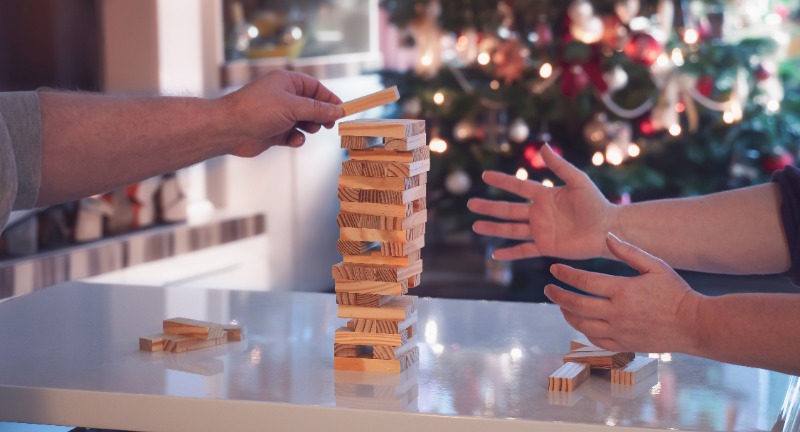
Shutterstock
Before the days of television and the internet, families gathered around to play interactive parlor games during Christmas. Games like charades or snapdragon—a daring activity that involved grabbing raisins from flaming brandy—added a sense of adventure to the celebrations. These activities encouraged creativity, camaraderie, and laughter, serving as the highlight of the evening. Today, such games have been replaced by movies, digital entertainment, and more passive pastimes.
Sending Christmas Letters Instead of Cards

Shutterstock
Handwritten Christmas letters were once a cherished way to update loved ones on the year’s events and share heartfelt wishes. These letters often included detailed stories and personal anecdotes, making them a treasured keepsake. With the rise of mass-produced holiday cards, and later, digital communication, this intimate tradition has largely disappeared. Now, quick notes on cards or e-greetings have taken its place, emphasizing brevity over depth.
Yule Logs Burned in the Hearth
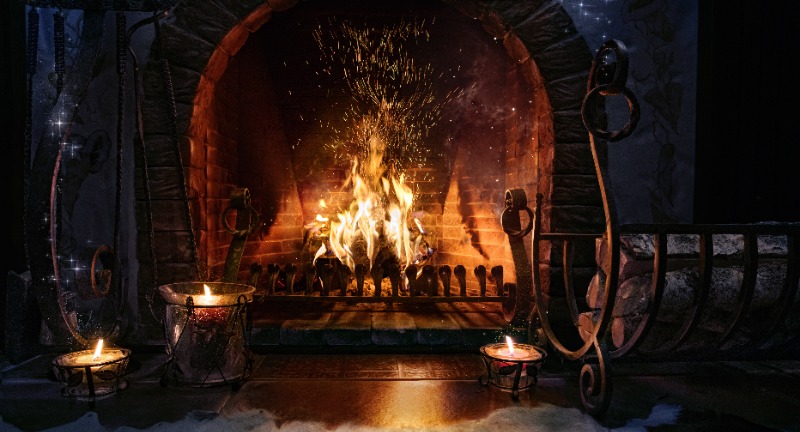
Shutterstock
The burning of a Yule log, an ancient custom rooted in pagan traditions, symbolized warmth and good fortune for the coming year. Families often selected and decorated a special log, making its burning a festive and symbolic centerpiece. As fireplaces became less common and central heating took over, this tradition fell by the wayside. Today, it lives on mainly in symbolic form, with “Yule log” cakes or virtual fireplace videos.
Wassailing
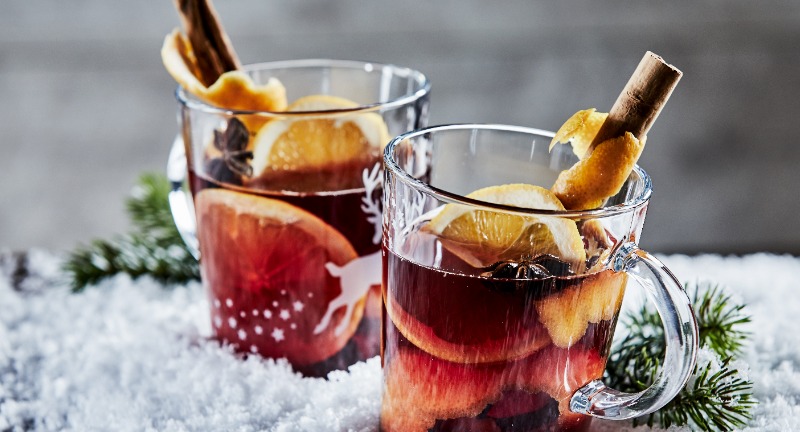
Shutterstock
Wassailing combined the warmth of caroling with the communal joy of sharing a spiced beverage. Groups would visit homes, sing traditional songs, and drink wassail, a hot, mulled punch, often as a toast to health and good fortune. Over time, the practice became less practical, and caroling continued without the drink-sharing element. Modern concerns about privacy and safety have further curtailed this once-vibrant tradition.
Hiding a Silver Coin in the Christmas Pudding
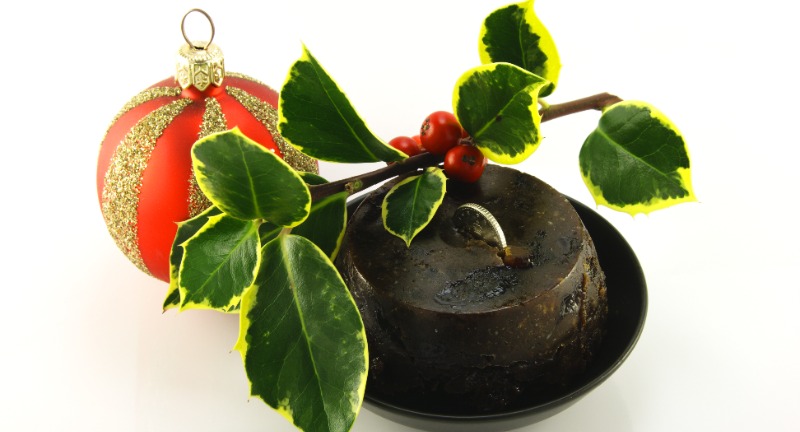
Shutterstock
In Victorian England, the tradition of hiding a silver coin in Christmas pudding was a fun and festive way to bring luck to the family. The finder of the coin was said to enjoy good fortune for the coming year. However, concerns about choking hazards and dental issues have made this custom far less common. Now, the practice exists mostly as a nostalgic nod to simpler times.
Celebrating Twelfth Night

Shutterstock
Twelfth Night festivities were a grand conclusion to the Christmas season, marked by feasts, games, and the crowning of a “king” or “queen” through a hidden bean in the King Cake. This celebration was as important as Christmas Day itself in many cultures. The increasing focus on New Year’s Eve and a shorter holiday season have pushed Twelfth Night out of the spotlight. It remains a historical curiosity rather than a widespread custom.
Fruitcake as a Staple Gift
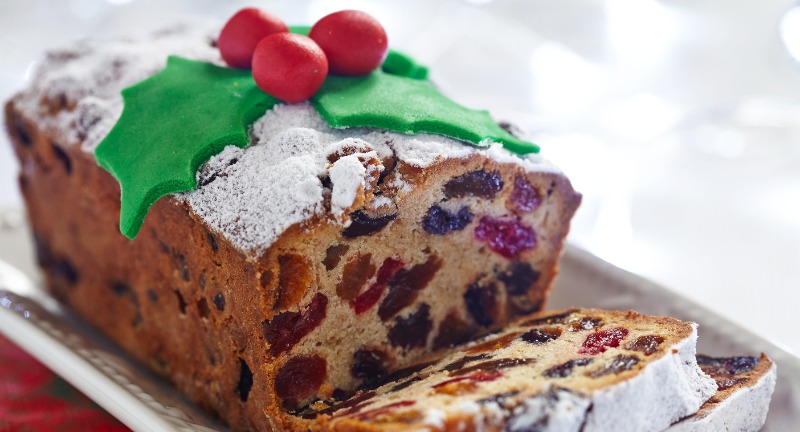
Shutterstock
Once a luxury item due to its long shelf life and rich ingredients, fruitcake was a prized Christmas gift. Packed with dried fruits and nuts, it symbolized abundance and prosperity. Over time, the dense dessert fell out of favor, becoming the subject of jokes and regarded as an unwanted gift. While still made by some, fruitcake is now more tradition than treat.
Decorating with Edible Ornaments
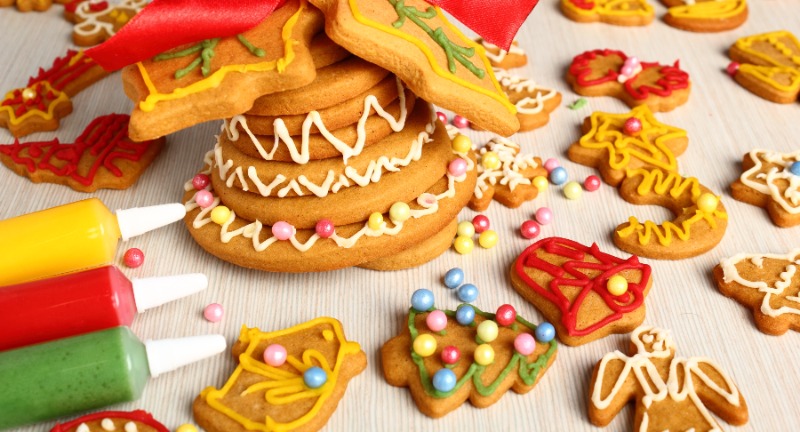
Shutterstock
Popcorn strings, gingerbread cookies, and candy canes once adorned Christmas trees, adding a homemade and edible charm. Families enjoyed making these decorations together, combining creativity with a festive snack. Today, more elaborate and durable ornaments have taken over, leaving edible decorations as a rare sight. Modern trees prioritize aesthetic appeal over the rustic charm of these bygone embellishments.
Outdoor Christmas Caroling as a Community Event
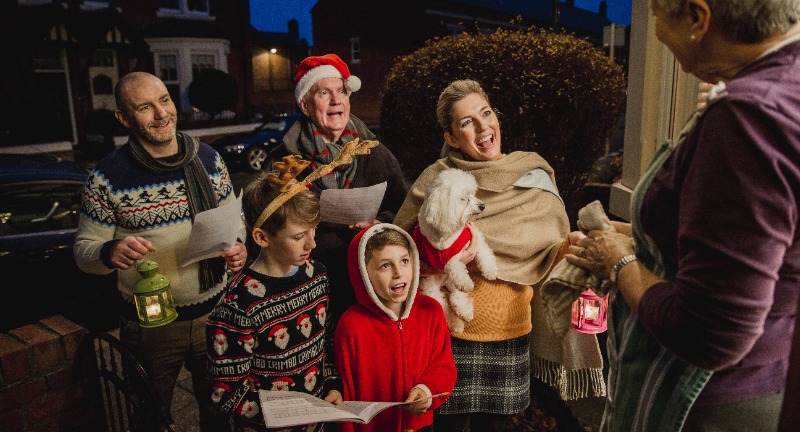
Shutterstock
Gathering neighbors for outdoor caroling was once a cornerstone of Christmas celebrations, fostering a sense of community and cheer. Groups often braved the cold to share festive songs, spreading joy door-to-door. Over time, changing social norms and busier lifestyles have made organized caroling less common. Today, caroling often happens in controlled environments like concerts or community events.
Santa Claus in Parades
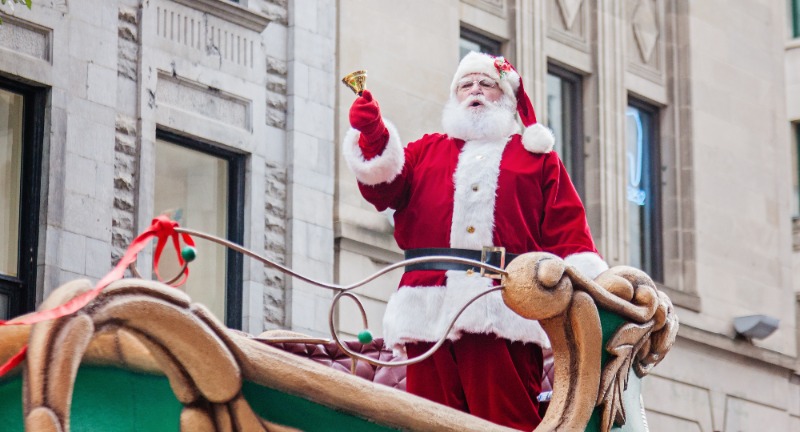
Shutterstock
Santa Claus arriving on a sleigh at the end of local parades was a thrilling event for children and families. This tradition symbolized the start of the Christmas season and added a magical touch to community gatherings. While some parades still feature Santa, larger, televised events and other attractions have diminished his central role. The character now appears more often in malls and media than in small-town festivities.
Homemade Christmas Gifts
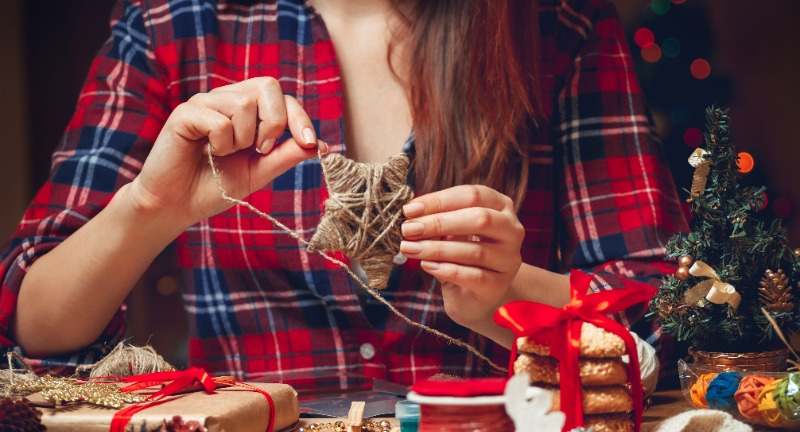
Shutterstock
In earlier times, handmade gifts like knitted scarves, baked goods, or carved toys were cherished as heartfelt expressions of love. The effort and care put into crafting these presents made them uniquely special. Industrialization and the convenience of store-bought gifts have all but replaced this tradition. Today, handmade gifts are more of a niche or hobbyist practice.
Boxing Day Gift-Giving

Shutterstock
Traditionally, Boxing Day was a time to give small gifts or bonuses to service workers and those less fortunate. Employers and wealthy families would box up leftover food or small presents for distribution. Today, the day has shifted focus to shopping, sporting events, and relaxation. The charitable aspect has largely faded, though it is occasionally revived in spirit through donations and volunteer work.
Ice Skating on Natural Ponds

Shutterstock
Natural ice skating on local ponds was once a quintessential winter pastime, bringing communities together for outdoor fun. With urbanization and warmer winters, this practice has become less feasible, replaced by artificial rinks. The charm of skating in a natural setting is now a rare treat. Organized and commercialized rinks dominate the modern skating experience.
Elaborate Christmas Feasts with Multiple Courses
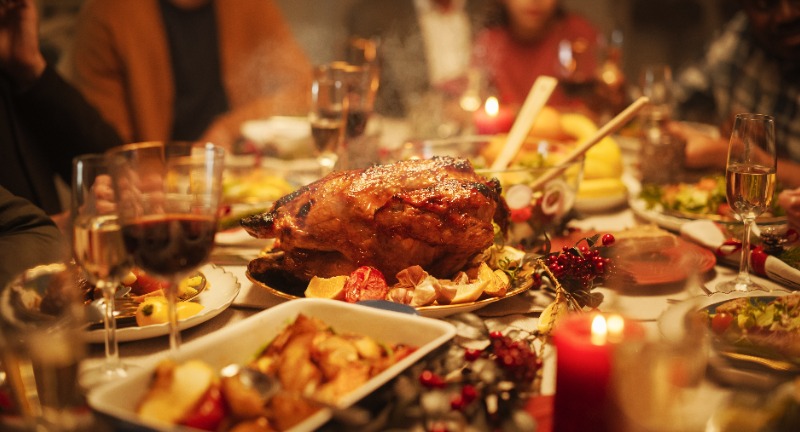
Shutterstock
Victorian-era Christmas feasts often spanned several courses, including exotic dishes and decadent desserts. These meals were grand affairs, showcasing the host’s wealth and culinary skills. Modern Christmas dinners have simplified to single-course meals or buffets, catering to busier lifestyles. The grandeur of past feasts remains a nostalgic image, but practicality has taken precedence.
Gifting Oranges in Stockings
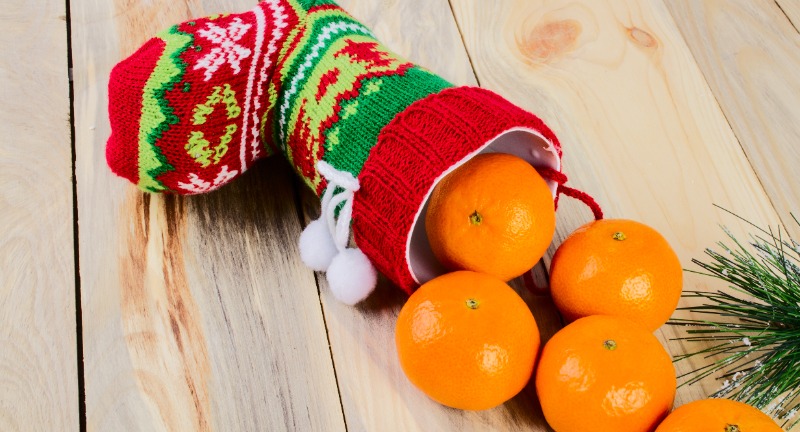
Shutterstock
Oranges were a luxury in the 19th century, making them a prized stocking stuffer symbolizing abundance. Receiving a bright, sweet fruit in the depths of winter was a delightful treat. With the globalization of food markets, oranges are now commonplace year-round, diminishing their specialness. The tradition survives mostly as a nod to simpler times.
Midnight Christmas Services
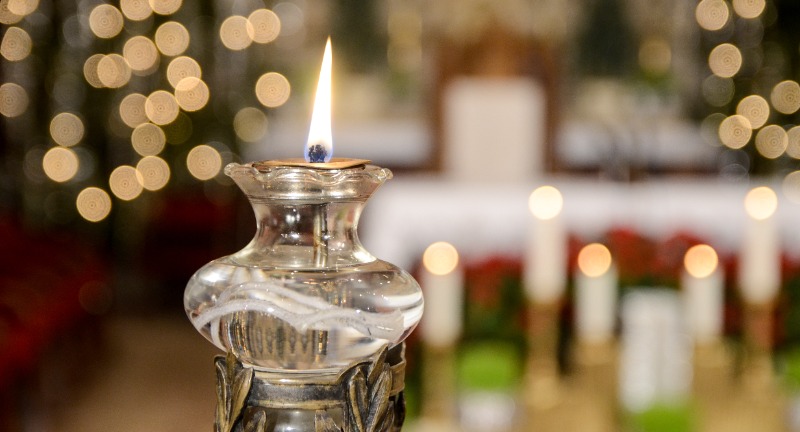
Shutterstock
Midnight church services on Christmas Eve were once a highlight of the holiday, bringing communities together for worship and reflection. The solemn and spiritual atmosphere set the tone for Christmas Day celebrations. Today, these services are less common, with earlier family-oriented gatherings often replacing them. Modern schedules and lifestyles have made midnight worship less practical.
Christmas Crackers with Toys
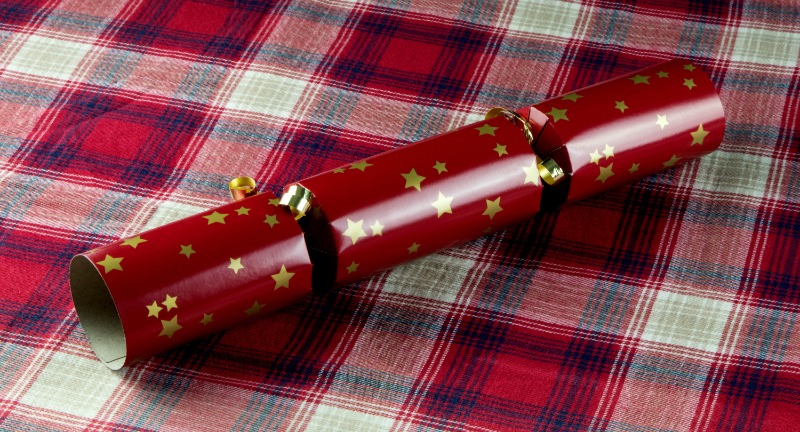
Shutterstock
Originally invented in 19th-century England, Christmas crackers contained small gifts, jokes, and paper crowns. These festive table decorations added fun and surprise to holiday meals. While still popular in some countries, the tradition has faded in others due to changing tastes and environmental concerns. Crackers are now more of a niche or novelty item.
Conclusion
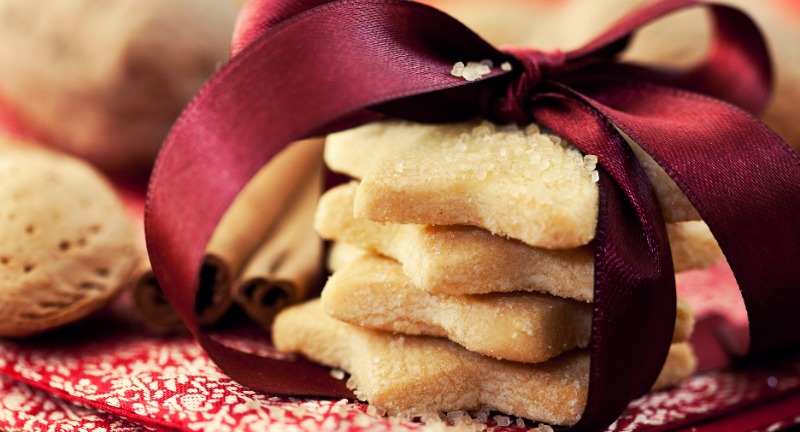
Shutterstock
As we reflect on these once-popular Christmas traditions, it’s clear that the way we celebrate the holiday is ever-changing, shaped by cultural shifts and societal progress. While some customs have faded into obscurity, they remain an enduring part of the holiday’s rich tapestry, offering a glimpse into how people of the past found joy and meaning during the season. These bygone traditions remind us that the true spirit of Christmas lies not in the specific rituals but in the shared moments of love, connection, and celebration. As new traditions emerge, they, too, will one day become cherished memories of how we embraced the magic of the season in our own time.



























